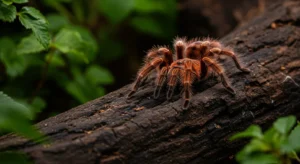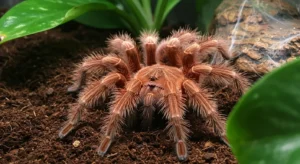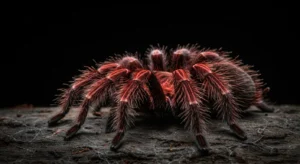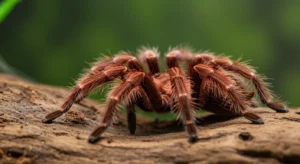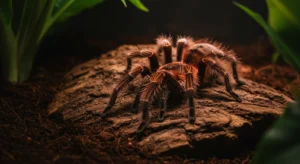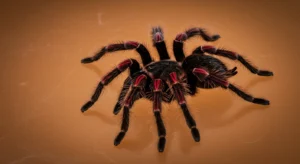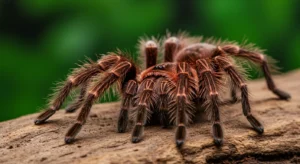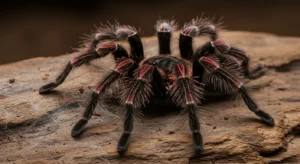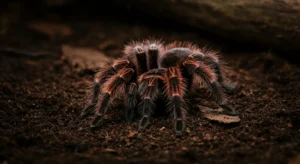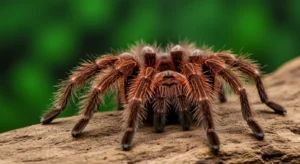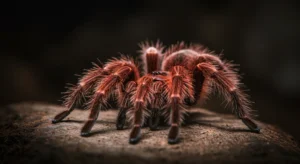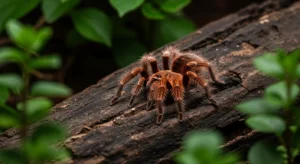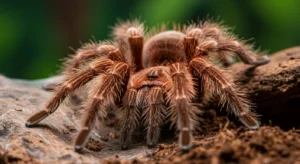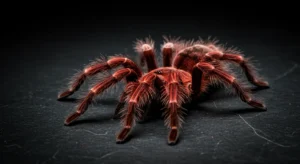The Best Substrates for Chilean Rose Tarantulas: Pros and Cons
Importance of Substrate
The substrate, or bedding material, is a fundamental component of your Chilean Rose Tarantula’s (*Grammostola rosea*) enclosure. It serves multiple crucial functions: providing a comfortable surface to walk on, enabling natural burrowing behaviors (even if minimal), helping maintain appropriate humidity levels, and cushioning potential falls.
Choosing the right substrate is essential for your tarantula’s health and comfort.
Key Properties of Good Substrate
When selecting a substrate for a terrestrial tarantula like the Chilean Rose, look for these qualities:
- Moisture Retention: Should hold some humidity without becoming waterlogged or muddy.
- Burrowing Capability: Should be loose enough for the tarantula to dig if it chooses.
- Mold Resistance: Should not be prone to growing mold quickly in moderate humidity.
- Safety: Must be non-toxic and free from harmful chemicals, pesticides, or fertilizers.
- Impaction Risk: Should not pose a significant risk of being ingested and causing impaction (blockage).
Recommended Substrates
Several commercially available substrates work well for Chilean Rose Tarantulas:
- Coconut Fiber (Coir): Often sold in compressed bricks that expand when water is added. Excellent moisture retention, good for burrowing, naturally mold-resistant, and widely available. This is arguably the most popular and recommended choice.
- Peat Moss: Similar properties to coco fiber – good moisture retention and burrowing suitability. Ensure it’s sphagnum peat moss and free from fertilizers or additives often found in gardening peat.
- Vermiculite: A mineral substrate known for excellent moisture retention and aeration. Often used as an additive to other substrates (like coco fiber or peat) rather than solely on its own, as it can be dusty when dry and compact when wet.
- Topsoil (Organic): Plain, organic topsoil (ensure it contains no pesticides, herbicides, or fertilizers) can be used, often mixed with peat or coco fiber to improve texture and moisture control.
- Specialized Bioactive Substrates: Pre-mixed substrates designed for bioactive setups (containing springtails and isopods) can also work well, though a full bioactive setup isn’t necessary for *G. rosea*.
Many keepers prefer using a mix, such as 70% coco fiber and 30% peat moss, or adding a small amount of vermiculite to a coco fiber base. Comparing [coconut fiber vs peat moss for tarantulas](https://www.lopehare.com/tarantula-pet-care/) often comes down to personal preference and local availability.
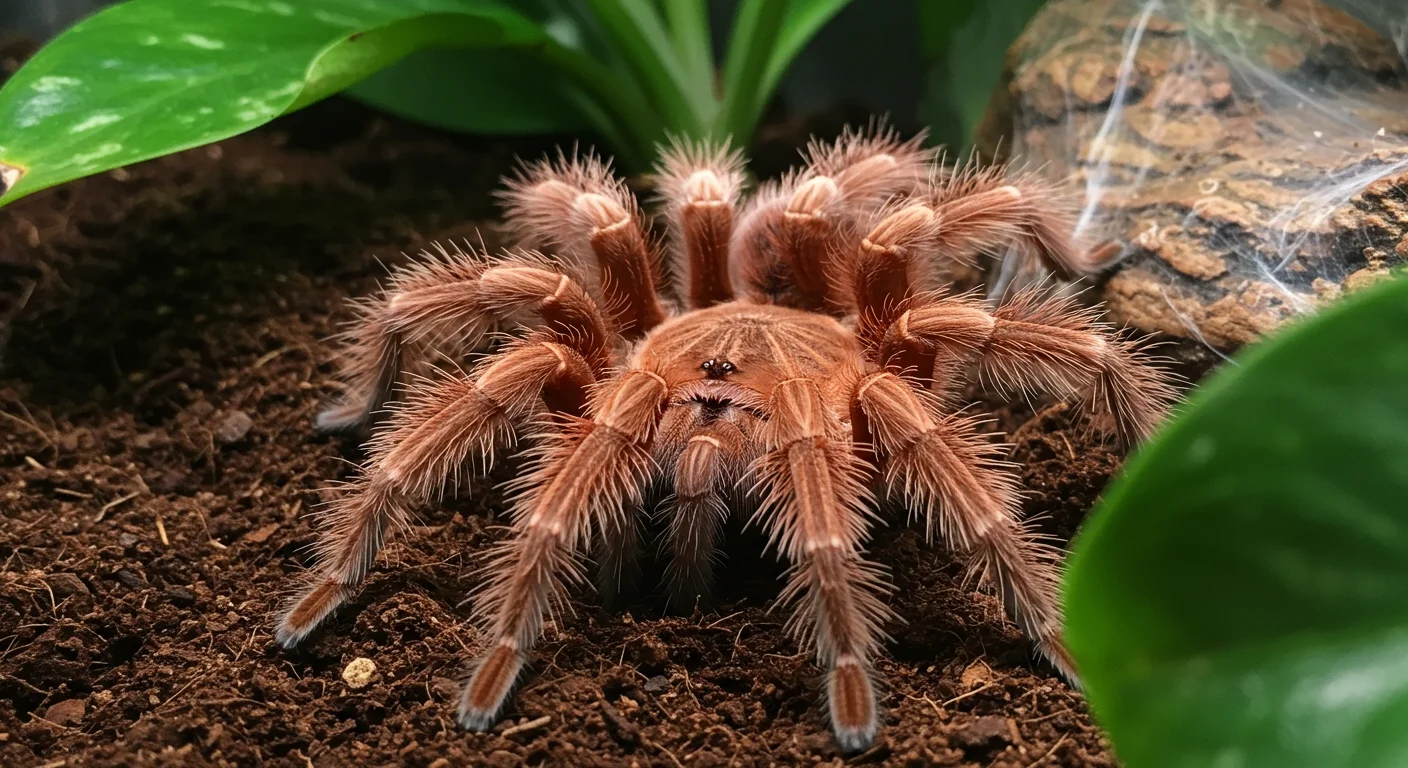
Substrates to AVOID
Certain materials are unsuitable and potentially dangerous for tarantulas:
- Sand/Gravel: Poor moisture retention, doesn’t allow burrowing, abrasive, and carries an impaction risk.
- Cedar/Pine Shavings: These woods contain volatile oils (phenols) that are toxic to arachnids and can cause respiratory problems and death.
- Corn Cob Bedding: Prone to mold, doesn’t hold humidity well, unsuitable for burrowing.
- Calcium Sand (‘Calci-Sand’): Especially dangerous due to high impaction risk if ingested.
- Potting Soil with Additives: Avoid any soil containing fertilizers, pesticides, perlite (can cause impaction), or wetting agents.
Read Labels Carefully: Always check the ingredients if using substrates intended for gardening or other pets to ensure they are 100% natural and additive-free.
Pros and Cons Comparison
| Substrate | Pros | Cons |
|---|---|---|
| Coconut Fiber (Coir) | Excellent moisture retention, good for burrowing, mold resistant, readily available, affordable. | Can be dusty when completely dry, needs rehydration from brick form. |
| Peat Moss | Good moisture retention, good for burrowing, slightly acidic (helps inhibit bacteria). | Can be dusty, ensure it’s additive-free, less sustainable sourcing concerns than coir. |
| Vermiculite | Excellent moisture retention, improves aeration when mixed. | Not ideal as a sole substrate, can compact when wet, dusty when dry. |
| Organic Topsoil | Naturalistic, can be cheap/free if sourced safely. | Must be guaranteed free of chemicals, quality can vary, may need mixing for ideal texture/moisture. |
| Sand/Gravel | (None for tarantulas) | Poor humidity control, no burrowing, abrasive, impaction risk. |
| Wood Shavings (Pine/Cedar) | (None for tarantulas) | Toxic phenols, respiratory irritant, potentially fatal. |
Substrate Depth Considerations
For a terrestrial species like the Chilean Rose, provide a generous layer of substrate. A depth of at least **3-5 inches (7.5-12.5 cm)** is recommended for adults. While they aren’t obligate burrowers, providing sufficient depth allows them the *option* to dig and helps create a stable microclimate near the bottom layer. Deeper substrate also cushions falls more effectively. Considering the benefits of bioactive tarantula substrate might also influence depth choices if adding a cleanup crew.
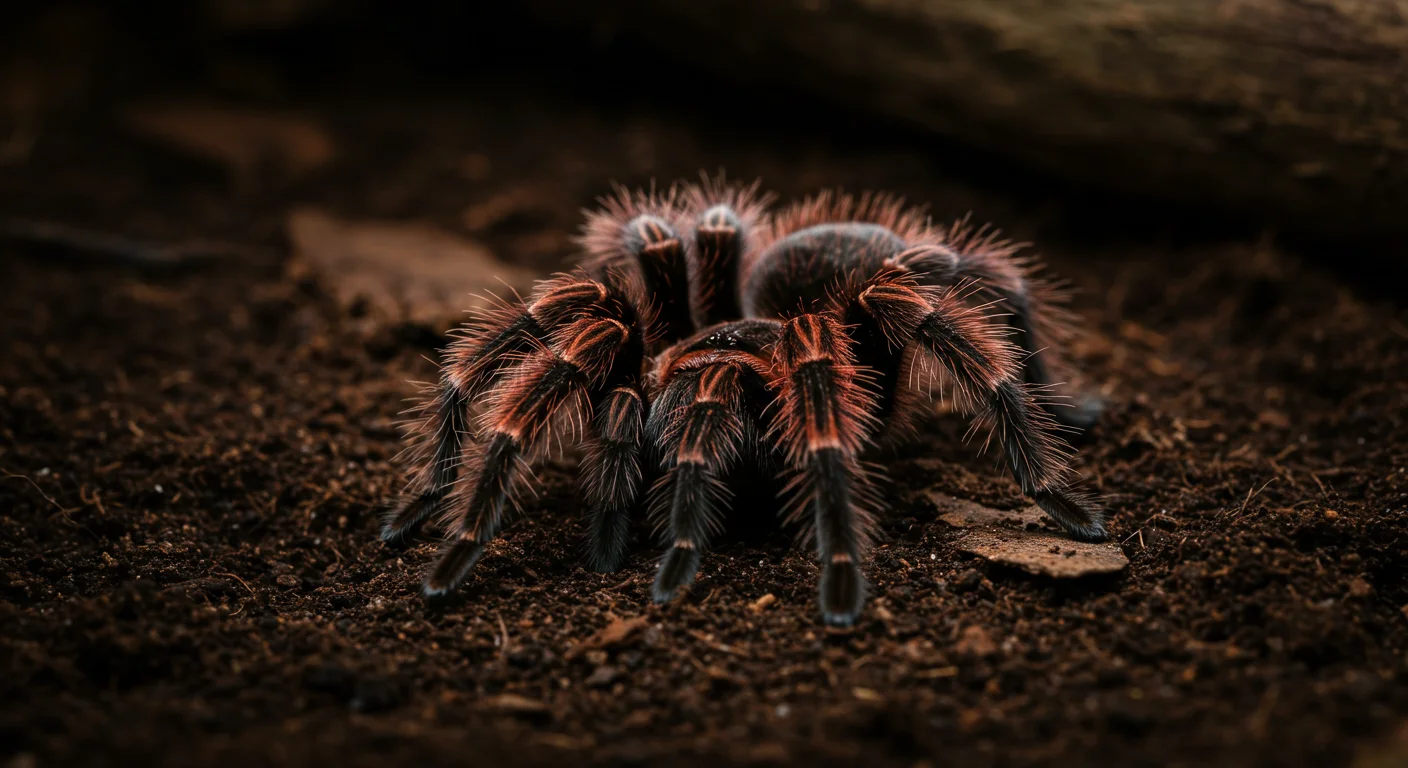
Substrate Maintenance
- Spot Cleaning: Remove any uneaten prey remains (boluses) or visible waste promptly to prevent mold and mites.
- Moisture Management: Occasionally moisten a corner or section of the substrate if the enclosure becomes too dry, but avoid making it soaked. Allow it to dry out partially between moistenings.
- Full Changes: Complete substrate changes are usually only needed every 6-12 months, or sooner if significant mold growth occurs or parasites are detected. Too frequent changes can be stressful for the tarantula.
Conclusion
Coconut fiber and peat moss (or a mix) are generally considered the best and safest substrate choices for Chilean Rose Tarantulas, offering a good balance of moisture retention, burrowing potential, and safety. Always prioritize additive-free materials and provide adequate depth. By selecting an appropriate substrate and maintaining it properly, you contribute significantly to a healthy and comfortable environment for your tarantula.
Substrate recommendations based on common practices in arachnid husbandry resources.
